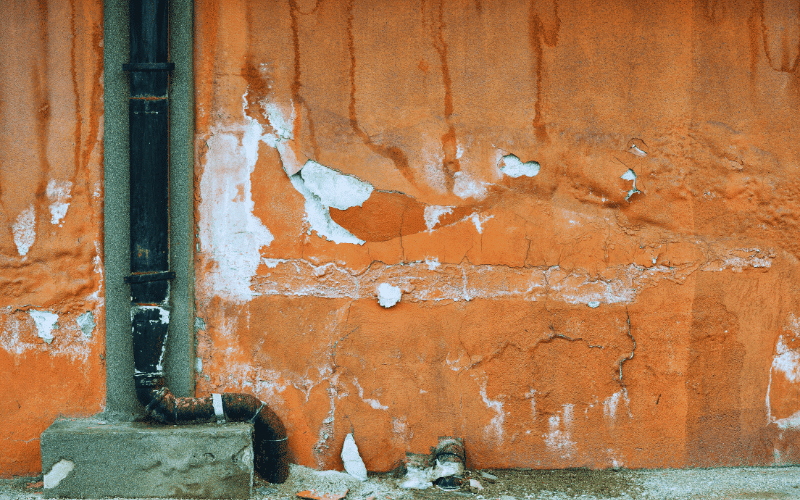
Can Drains Cause Damp In My Home?
Rising damp is a significant problem that can cause lasting damage to your home and health. There can be many causes of damp in the home, and it can be a process of elimination to find the cause.
Blocked drains are not the first thing people look for when suffering with damp but, surprisingly, they can be the culprit behind rising damp more often than people realise.
What are the signs to look out for?
The most common sign of rising damp tends to be dark spots or discoloured wet-looking patches in the lower wall area on the ground floor of the property. Others include musty or damp odours, mould on walls, peeling wallpaper (around the skirting boards) and rotting flooring or skirting boards.
What can you do if you spot rising damp in your home?
Inspect your external downpipes and gutters for cracks and leaks as they may be causing water ingress into your property which then leads to damp problems.
Check your underground drainage for damage and blockages. If your drains are damaged, they may begin to leak water, especially if they are blocked. This can then seep into your walls and floors.
What’s the cause of blocked drains?
Your first port of call when you suspect blocked or broken drains is to have a professional find a solution for you ASAP.
If the drains are on your property, they are your issue to deal with and you don’t want to wait for the damp to get worse.
At London Drains Direct we can help you diagnose and repair your drainage issues.
Get in touch today for a fixed-price quotation for your drainage needs across London and the Home Counties.


